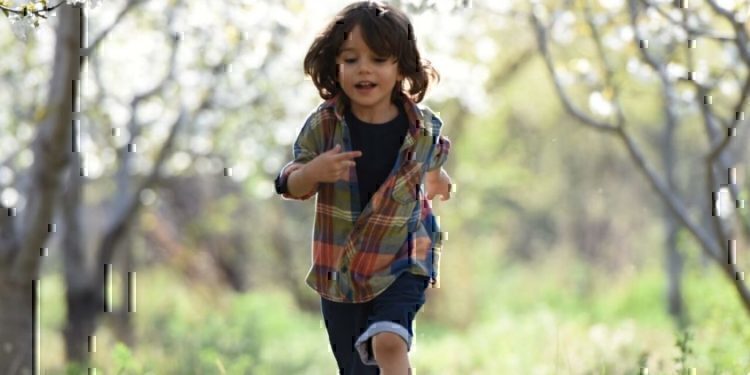Telling an anxious child to “just relax” is not helpful nor is it a solution. Actually, it has the opposite effect. There are real exercises and mental thoughts children can use to work through anxiety. According to Anxiety BC, a resource site dedicated to helping kids understand and cope with their anxiety, there are number of Chill Out tools children can use when they feel anxiety taking hold.
- Calm breathing – When the brain thinks it’s in a scary situation, it prepares the body for danger by revving up the brain. Keeping the breathing calm and controlled tricks the body into slowing down.
- Mindfulnesss – An anxious brain likes to focus on the future and everything that can go wrong. Practicing staying present – thinking only about what is happing NOW, not tomorrow – is a trick that refocuses the brain to be calm.
- Take a mental vacation – When anxiety takes hold, have your child practice visualizing their favorite calm spot. It could be their favorite reading place, the beach or a place they always feel calm or happy. This will help calm the body and brain.
- Tense and Release exercise – When the body holds onto worries and stress, muscles can get really tight and start to ache. Most of the time a child doesn’t even notice how physically tense they are. This can lead to headaches, stomachaches, and feeling exhausted. Ask your child to tense all their muscles and then relax them one by one until they are loose and relaxed.
According to another great resource for parents and kids, a parent should be concerned when their child’s behavior no longer matches the situation. Anxiety is considered a disorder not based on what the child is worried about, but rather how that worry is impacting a child’s functionality. The content may be normal, but help is needed when a child is suffering from excessive worrying in what appears to be an insignificant situation.
When worrying then avoidance is a first response or coaxing and reassurances are ineffective, a parent should seek additional help. For these kids, anxiety is not protecting them, but preventing them from accelerating in school and participating in life
Some anxiety symptoms and behaviors can last for weeks or months and can cause headaches, stomachaches, nausea, vomiting and sleeplessness. Also, a child’s unwillingness to go outside their comfort zone, crying fits, tantrums and clinginess are all very common.








